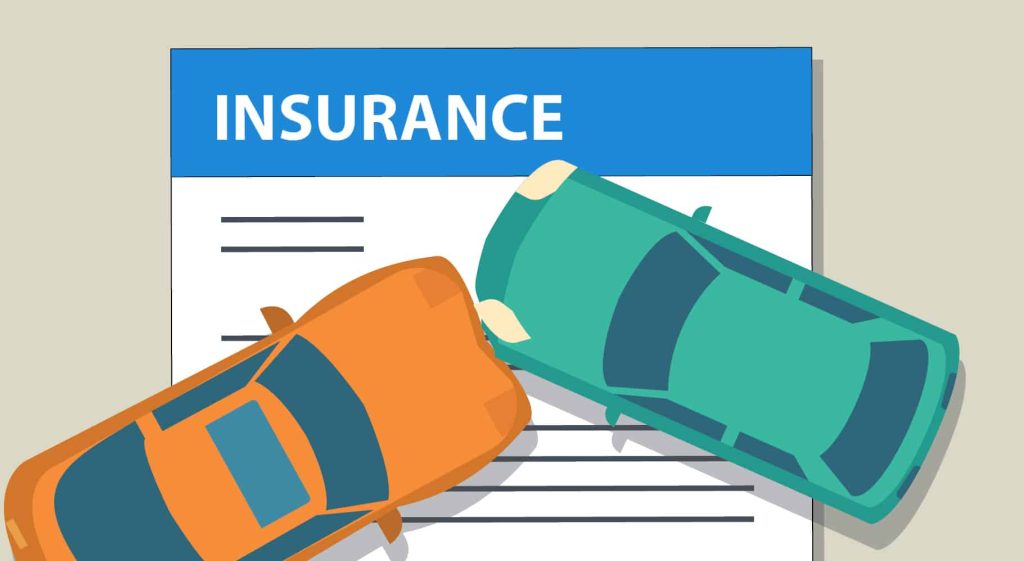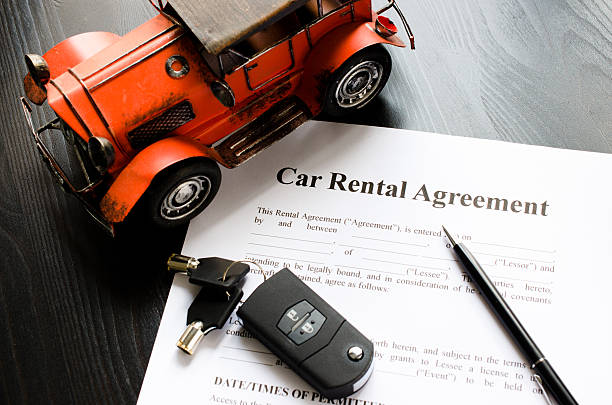When it comes to selecting auto insurance, understanding the pricing structure and obtaining accurate quotes are crucial steps in finding the right coverage for your needs. Allstate, one of the largest insurance providers in the United States, offers a range of auto insurance products and pricing options designed to meet diverse needs. This comprehensive guide will delve into Allstate’s pricing model, the factors influencing their auto insurance quotes, and how to navigate the process of obtaining a quote for vehicle insurance. Whether you’re a new driver or considering switching providers, understanding these aspects can help you make an informed decision.
Understanding Allstate’s Pricing Structure
Allstate’s pricing structure for auto insurance is designed to reflect the complexity of risk assessment and provide tailored coverage options to its customers. The company uses a combination of historical data, predictive analytics, and individual risk factors to determine premiums. Here’s a detailed look at how Allstate sets its pricing:
1. Risk Assessment and Premium Calculation
Allstate employs a comprehensive risk assessment process to calculate auto insurance premiums. This involves evaluating a range of factors that contribute to the overall risk profile of a driver. The company uses sophisticated algorithms and data analytics to predict the likelihood of a claim being filed and the potential cost of those claims. Key factors influencing risk assessment include driving history, vehicle type, location, and personal demographics.
- Driving History: Allstate places significant emphasis on a driver’s past behavior on the road. A clean driving record with no accidents or traffic violations is considered lower risk and can lead to lower premiums. Conversely, a history of at-fault accidents or frequent violations may result in higher rates due to the increased risk of future claims.
- Vehicle Type: The make, model, and year of your vehicle play a crucial role in determining your premium. Vehicles with higher repair costs, greater likelihood of theft, or lower safety ratings may incur higher premiums. Allstate assesses these factors to estimate the potential cost of repairs or replacements and adjust rates accordingly.
- Location: Your geographic location affects your insurance rates due to variations in traffic patterns, accident rates, and crime statistics. Urban areas with higher traffic densities and increased risk of vehicle theft typically see higher premiums compared to rural areas. Allstate takes into account the specific risks associated with your location to set appropriate rates.
- Personal Demographics: Age, gender, and credit history are also considered in Allstate’s pricing model. Younger drivers, particularly males, generally face higher premiums due to statistical risk patterns. Additionally, credit history can influence rates, with better credit scores often resulting in lower premiums.
2. Coverage Options and Customization
Allstate offers a range of coverage options that can be tailored to meet individual needs. The choice of coverage affects the overall price quote, as more extensive coverage typically results in higher premiums. Here’s a breakdown of the various coverage options and their impact on pricing:
- Liability Coverage: This is the minimum coverage required by law in most states. It covers damages to other people and their property if you’re at fault in an accident. While basic liability coverage is relatively inexpensive, opting for higher limits or additional coverage can increase your premium.
- Collision Coverage: Collision coverage pays for damage to your vehicle resulting from a collision with another vehicle or object. This type of coverage is especially important if you have a newer or more valuable car, as it helps cover repair or replacement costs. Collision coverage generally increases the premium, but it provides essential protection.
- Comprehensive Coverage: Comprehensive insurance covers non-collision-related damage to your vehicle, such as theft, vandalism, or natural disasters. This type of coverage is often paired with collision coverage to offer more comprehensive protection. Adding comprehensive coverage to your policy will raise your premium but can be valuable in protecting your vehicle against a wide range of risks.
- Uninsured/Underinsured Motorist Coverage: This coverage protects you if you’re in an accident with a driver who either doesn’t have insurance or doesn’t have enough insurance to cover the damages. Given that not all drivers carry adequate insurance, this coverage can be crucial and may increase your premium.
- Personal Injury Protection (PIP) and Medical Payments Coverage: Both PIP and medical payments coverage help pay for medical expenses related to an accident. PIP can also cover lost wages and other related costs. While beneficial, adding these coverages can increase your premium, especially if you choose higher limits.
- Rental Reimbursement Coverage: This optional coverage helps pay for a rental car while your vehicle is being repaired after a covered claim. This can be particularly useful if you rely on your vehicle for daily activities. Including rental reimbursement coverage will raise your premium but provides added convenience during repairs.
- Roadside Assistance: Roadside assistance coverage offers help in case of breakdowns or emergencies, such as towing, tire changes, or fuel delivery. Adding this coverage to your policy may increase your premium but can provide peace of mind in the event of a roadside emergency.
3. Discounts and Savings Opportunities
Allstate offers various discounts that can help lower your insurance premiums. These discounts are based on factors such as driving behavior, vehicle safety features, and customer loyalty. Here are some common discounts available:
- Safe Driver Discount: If you maintain a clean driving record with no accidents or traffic violations, you may qualify for a safe driver discount. Allstate rewards responsible driving behavior with lower premiums.
- Multi-Policy Discount: Bundling multiple insurance policies, such as auto and home insurance, with Allstate can result in a multi-policy discount. This discount encourages customers to consolidate their insurance needs with one provider.
- Good Student Discount: Students with good grades may be eligible for a discount. Allstate offers this discount to recognize academic achievement and encourage safe driving among young drivers.
- Vehicle Safety Feature Discount: Vehicles equipped with advanced safety features, such as anti-lock brakes, airbags, and anti-theft systems, may qualify for safety feature discounts. These features reduce the risk of accidents and theft, potentially lowering your premium.
- Low Mileage Discount: If you drive less than the average number of miles per year, you may be eligible for a low mileage discount. Reduced mileage can lower the risk of accidents, resulting in potential savings on your premium.
- New Car Discount: Newer vehicles often come with enhanced safety features and lower repair costs. Allstate may offer a discount for new cars to reflect their lower risk profile.
4. Obtaining an Allstate Auto Insurance Quote
Obtaining an auto insurance quote from Allstate involves several steps, each designed to ensure that you receive an accurate and personalized price. Here’s a detailed guide to the process:
- Gather Information: Before requesting a quote, gather all necessary information, including your driver’s license, vehicle identification number (VIN), and details about your driving history. Having this information on hand will streamline the quoting process.
- Request a Quote: You can obtain an Allstate auto insurance quote online through their website, over the phone, or by visiting a local Allstate office. The online process typically involves filling out a form with your personal information, vehicle details, and coverage preferences.
- Provide Accurate Information: To receive an accurate quote, ensure that all the information you provide is correct and up-to-date. Inaccurate or incomplete information can lead to discrepancies in your quote and potentially affect your coverage and premium.
- Review Coverage Options: Once you receive your quote, review the coverage options and limits included in the policy. Consider whether the proposed coverage meets your needs and whether there are any additional options you’d like to include.
- Compare Quotes: It’s a good practice to compare Allstate’s quote with quotes from other insurance providers. This will help you assess whether Allstate’s pricing and coverage options are competitive and ensure you’re getting the best value for your money.
- Finalize Your Policy: If you’re satisfied with the quote and coverage options, you can proceed to finalize your policy with Allstate. This involves completing any necessary paperwork and making the initial payment to activate your coverage.

Factors Influencing Auto Insurance Quotes
Several factors can influence the price of your auto insurance quote from Allstate. Understanding these factors can help you make informed decisions and potentially lower your premium. Here’s a closer look at the key factors:
1. Driving Experience and History
Your driving experience and history are critical factors in determining your insurance quote. Drivers with a longer history of safe driving are generally viewed as lower risk and may receive more favorable quotes. Conversely, a history of accidents or traffic violations can result in higher premiums. Allstate evaluates your driving record to assess your risk profile and adjust your quote accordingly.
2. Vehicle Characteristics
The type of vehicle you drive significantly impacts your insurance quote. Vehicles with higher repair costs, greater likelihood of theft, or lower safety ratings typically result in higher premiums. Allstate considers factors such as the make, model, year, and safety features of your vehicle when calculating your quote. Opting for a vehicle with advanced safety features or a lower risk profile can help reduce your premium.
3. Location and Zip Code
Your geographic location and zip code play a significant role in determining your insurance quote. Areas with higher traffic congestion, higher crime rates, or increased accident rates may result in higher premiums. Allstate factors in the specific risks associated with your location when calculating your quote. If you live in a high-risk area, you may face higher rates compared to someone in a lower-risk area.
4. Coverage Limits and Deductibles
The coverage limits and deductibles you choose can impact your insurance quote. Higher coverage limits provide more extensive protection but may result in higher premiums. Conversely, lower coverage limits may reduce your premium but could leave you with higher out-of-pocket expenses in the event of a claim. Additionally, increasing your deductible can lower your premium, but it’s essential to ensure you can afford the deductible if needed.
5. Discounts and Credits
Allstate offers various discounts and credits that can help lower your insurance quote. These discounts are based on factors such as safe driving behavior, vehicle safety features, and customer loyalty. By taking advantage of available discounts, you can potentially reduce your premium and save money on your auto insurance.
The Benefits of Choosing Allstate for Auto Insurance
Choosing Allstate for your auto insurance needs comes with several benefits. Here’s an overview of some of the advantages:
1. Extensive Network and Resources
Allstate has a large network of agents and resources available to assist you with your insurance needs. Whether you prefer online services or in-person interactions, Allstate provides a range of options to make managing your policy convenient.
2. Comprehensive Coverage Options
Allstate offers a wide range of coverage options to meet diverse needs. From basic liability coverage to comprehensive and collision coverage, Allstate provides customizable solutions to ensure you have the protection you need.
3. Competitive Discounts
Allstate’s various discounts can help you save money on your auto insurance premiums. By taking advantage of available discounts, you can potentially lower your rates and find a policy that fits your budget.
4. User-Friendly Online Tools
Allstate’s online tools and resources make it easy to manage your policy, obtain quotes, and file claims. Their user-friendly website and mobile app provide convenient access to your insurance information and policy management features.
5. Strong Customer Support
Allstate is known for its customer support and commitment to helping policyholders navigate their insurance needs. With a dedicated team of agents and customer service representatives, Allstate provides assistance and guidance throughout your insurance journey.
Conclusion
Understanding Allstate’s pricing structure and the factors influencing their auto insurance quotes is essential for making informed decisions about your coverage. By evaluating risk factors, comparing coverage options, and taking advantage of available discounts, you can find a policy that meets your needs and budget. Whether you’re seeking a new insurance provider or exploring options with Allstate, being well-informed about the quoting process and pricing factors will help you secure the right coverage at a competitive rate.






